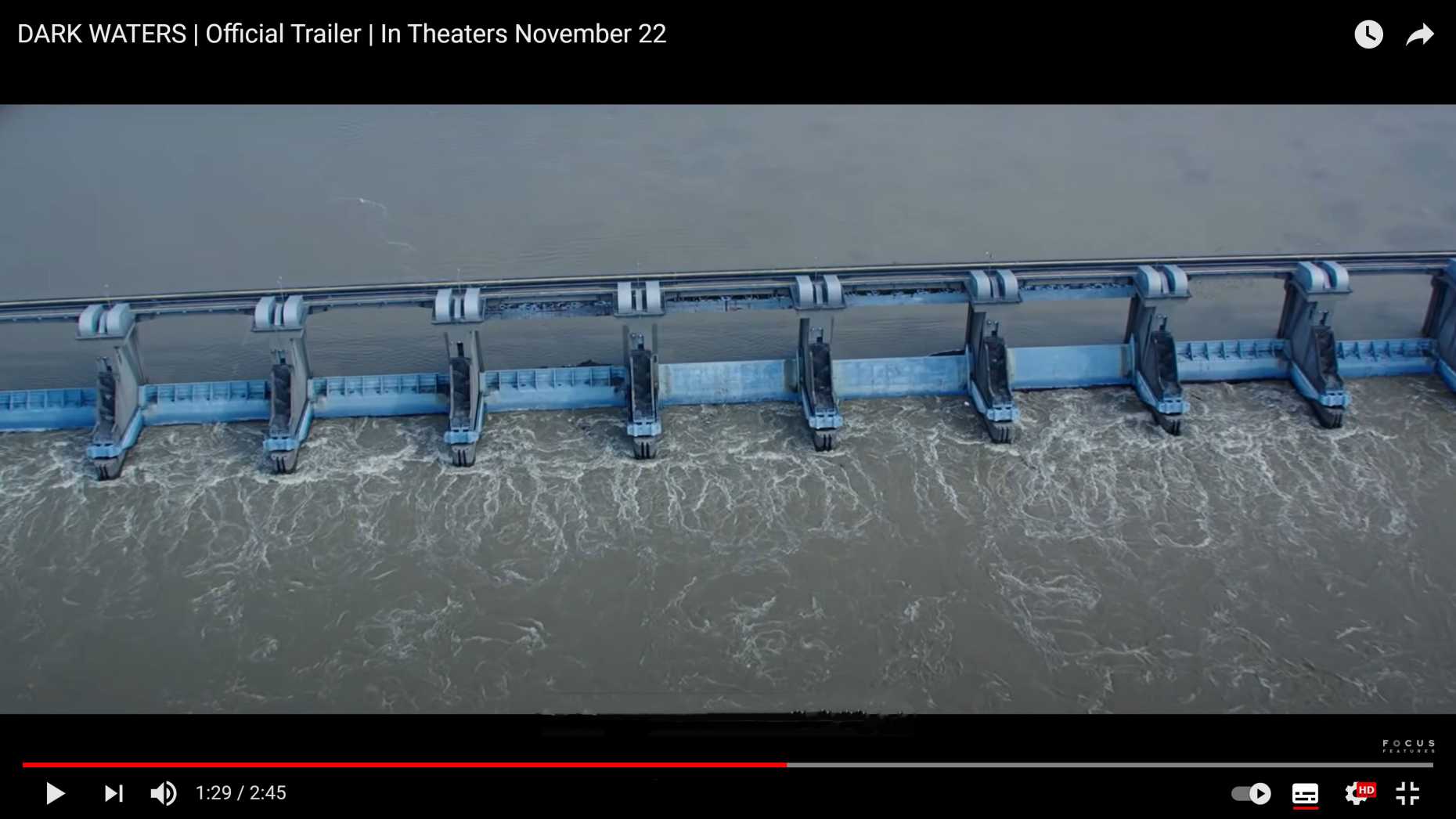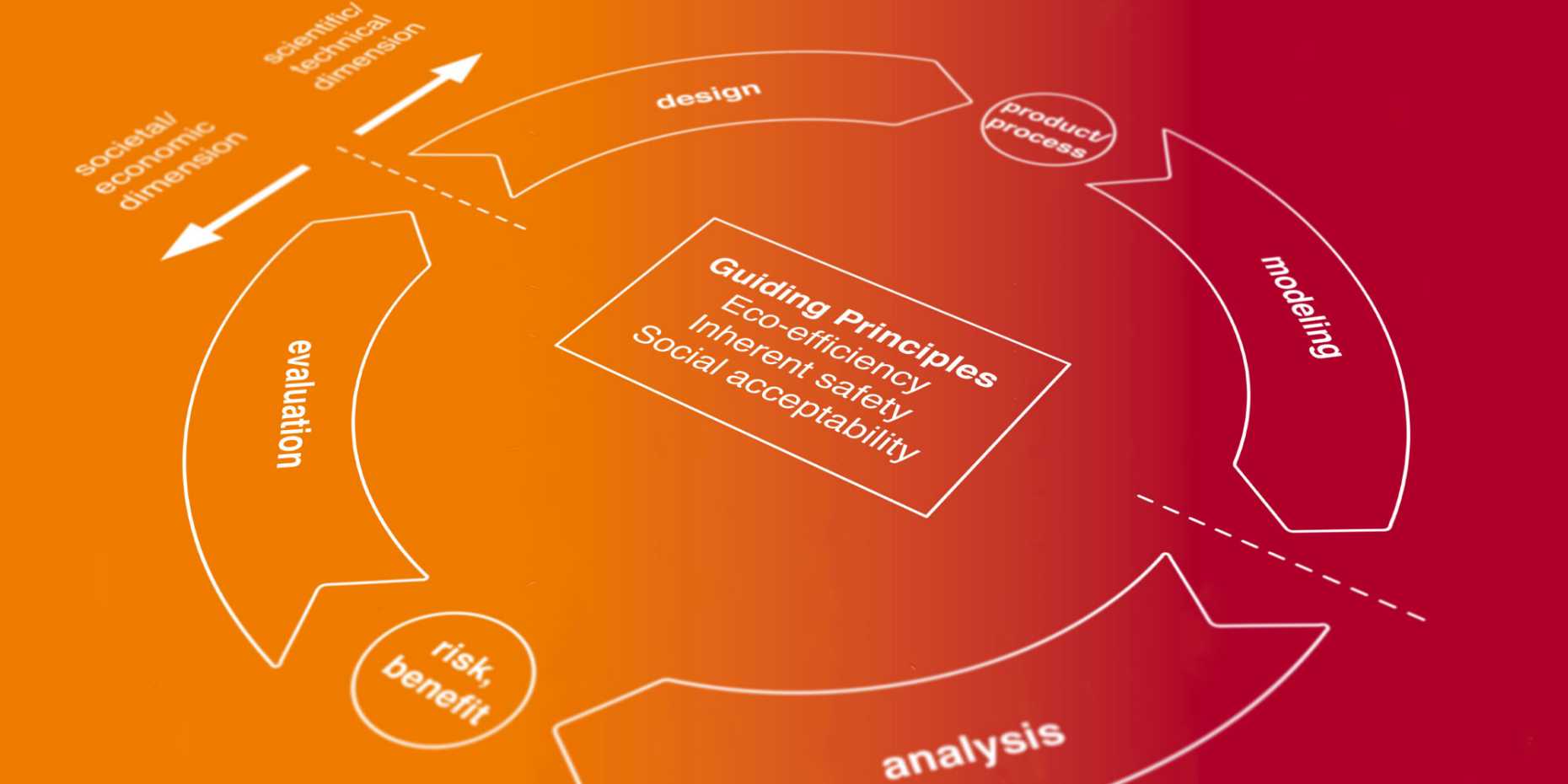The Art of Being a Chemist and Book Author
- D-CHAB
- ICB
- Highlights
It has been twenty years since Konrad Hungerbühler published his first textbook "Chemische Produkte und Prozesse". Now, together with Justin Boucher, Martin Scheringer, and two ETH Alumni, he has published an updated English version ("Chemical Products and Processes") that serves as a unique, interdisciplinary source to learn about sustainable chemistry. Here, the authors explain what has changed since the first edition and what awaits researchers who want to put their knowledge into a book.
Shortly before the Corona crisis, actor Mark Ruffalo starred in a highly acclaimed film uncovering the scandal of a U.S. chemical company that contaminated a town with perfluorooctanoic acid (PFOA): The emissions of PFOA massively harmed local residents as well as the environment. Showing the effects of PFOA, the film "Dark Waters" – based on a true story along the Ohio River – addresses some of the still very real problems posed by the globally widespread use of per- and polyfluoroalkyl substances (PFAS). However, the film also demonstrates the importance of designing chemical products and processes in an environmentally conscious manner and weighing the risks carefully.
The textbook "Chemical Products and Processes" – a significantly revised and English version of the original 1999 German edition, recently published by Springer – should help students and researchers from various disciplines as well as companies to implement this early design thinking in their future work. This is important, "especially as worldwide chemical production rapidly increases," the main authors Prof. em. Konrad Hungerbühler and Justin Boucher comment. With this book, the authors have created an important resource, but the road to get there was not easy.

Learning from and building on the past
Indeed, even the circumstances that led to the first German version of the textbook were adventurous. "During a major fire at the Sandoz company in the mid-1980s, tons of highly toxic substances ended up in the Rhine," Hungerbühler recalls, "fish died down to the Netherlands and the air was so bad that people had to protect themselves." The catastrophe led to a rethinking in industry as well as in politics and consequently to the establishment of an ETH professorship for safety and environmental technology in chemistry, to which Hungerbühler was appointed in 1994. A few years later, he published the first version of "Chemical Products and Processes".
However, as Hungerbühler recalls, that book’s development took place during an earlier era in the field that focused much more on the processes to create chemical products rather than on the products’ quality. After all, methods that are well-known today, such as life-cycle assessments (LCA) – which help to analyze the environmental and health impacts of products during their life cycle – were still rather in their infancy in the late 1990s. "The scientific community didn’t yet have the knowledge to present all this in a sound manner," Hungerbühler explains, "our new version of the book is therefore a great step forward in presenting the latest scientific thinking and methods to highlight common problems in chemical design and production as well as to draw attention to possible solutions.

Balancing acts and challenges
Bringing all of this new knowledge together was not easy. "We aimed for the new version of the textbook to reflect the key updates that have been made during the last 20 years, including all the lecture notes and new studies developed by our and many other research groups. But a lot has changed since the first book, e.g. in the field of LCA: it has expanded drastically," describes Justin Boucher, a former member of Konrad Hungerbühler's group and responsible for coordinating the book’s development. "It was enormously challenging to put everything together, bringing the content into a new written form in less than 350 pages that allows readers to get a solid overview. As far as we know, no other textbooks currently on the market have brought together so much fundamental content across both the chemical product and process side of the issue."
To achieve this, the authors had to go through every chapter of the original version, revise many parts significantly, and completely rewrite others – such as the chapter on chemical regulations. "An additional challenge is that our book introduces very different topics that are very much related but classically seen as different disciplines," Boucher says. Apart from that, the writing process was often a race against time: "If you wait too long, you always worry that something new is going to happen and you will miss including it. In addition, authors are bound by the publisher's guidelines, and the question of financing the time to invest in writing also plays an important role."

Finally, after three years, the result was an up-to-date, comprehensive textbook that addresses the philosophy and motivation behind ensuring chemical safety as well as introducing tools and resources to understand relevant risks and regulations, including through real-life case studies such as one developed in partnership with Syngenta. "The latter was a balancing act, " Hungerbühler adds, "If you want to describe both the chemical product side as well as the process side, a lot of legal clarification with the industry partners is required in addition to a high degree of trust."
Writing books as a researcher?
The authors are glad that the book has now been published. "It's also a relief," Boucher adds, "a book is much more work than you might think." Co-author Martin Scheringer, senior scientist and group leader at D-USYS at ETH Zurich and former member of Hungerbühler’s group, can only agree: "It's enormously resource intensive. Especially in research, you rarely have enough time to work on it, because you're so often caught up in the hustle and bustle of science that you can't find the focus." Besides, "you should only think about a book when you can fill it with your own know-how," Hungerbühler adds. In such cases, books can make a valuable contribution. However, he does not advise it for young researchers: "Books don't count for publication lists." In addition, the financial earnings are, according to Boucher, usually scarce relative to the effort required.

"All in all, I think we should promote a different, more institutionally supported, and more widely open-access publishing system available for researchers at universities to develop teaching material such as textbooks and online courses. The publishing process can be a challenge, and there were many difficulties we probably could have avoided if we had been better prepared from the beginning," Boucher says.
Why do scientists still write books? In the end, it is done out of conviction, a love for research (as Hungerbühler puts it), and one's own motivation. In the case of the new "Chemical Products and Processes" textbook, its authors’ motivation was to make the ETH research group’s knowledge as accessible to as many people as possible. It aims to inspire scientists, engineers, and policymakers to develop environmentally protective and safe chemistry, so that catastrophes like the one on the Rhine or in the "Dark Waters" of the Ohio River never happen again.

“Chemical Products and Processes – Foundations of Environmentally Oriented Design” is free to download for all members of ETH Zurich and many other universities from the external page publisher’s website and on external page Swisscovery.